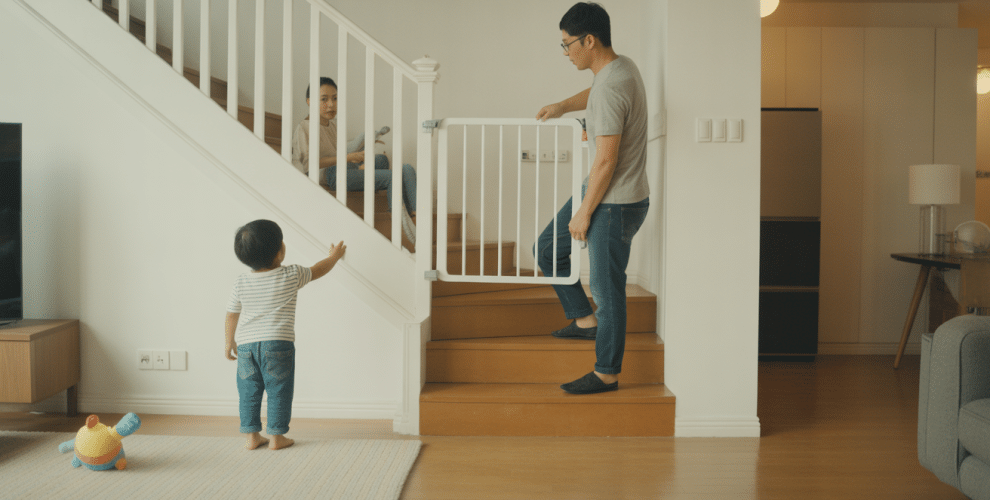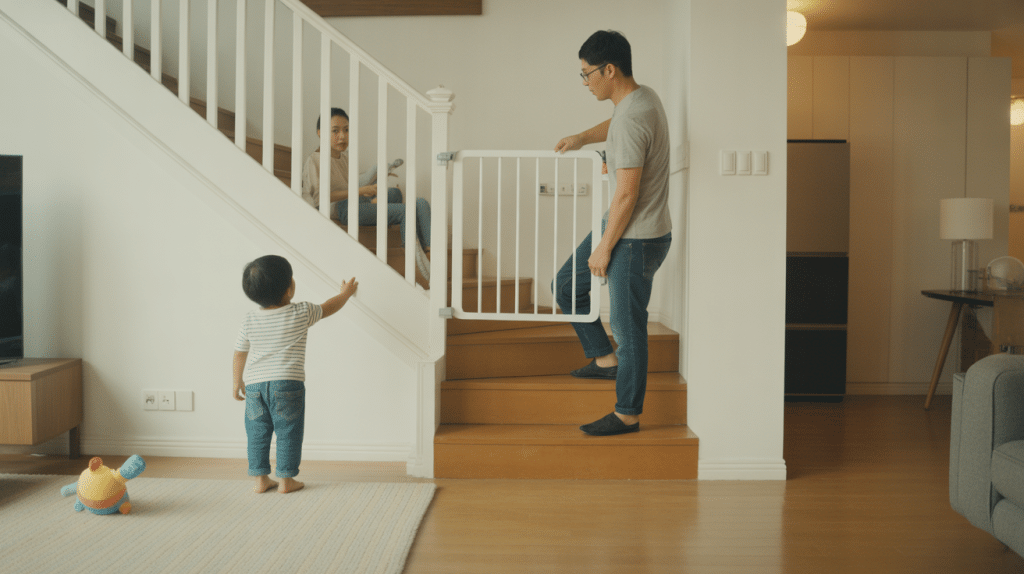
Toddlers are fast, curious, and fearless. In high‑rise KL condos or landed homes, a few smart fixes dramatically reduce everyday risks. Use this weekend plan to tackle the top ten hazards—no renovation required. For more home routines that build independence safely, see our Parent Resources.
1) Secure Stairs with Gates (Top & Bottom)
Install hardware‑mounted gates at the top of stairs and pressure or hardware gates at the bottom. Keep gates closed at all times and never climb over them.
2) Cover Electrical Outlets
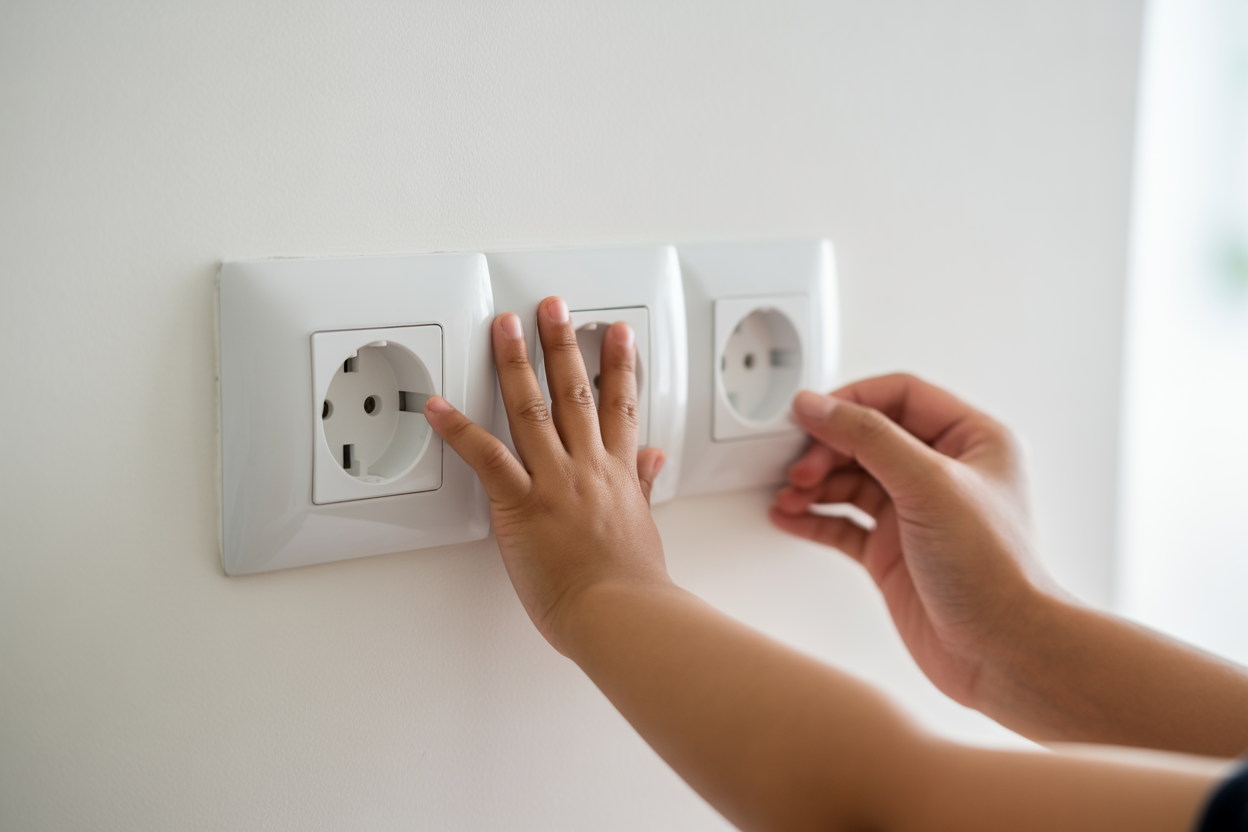
Hide extension strips behind furniture or inside cord boxes; use cord shorteners so wires are out of reach.
3) Anchor Heavy Furniture & TVs
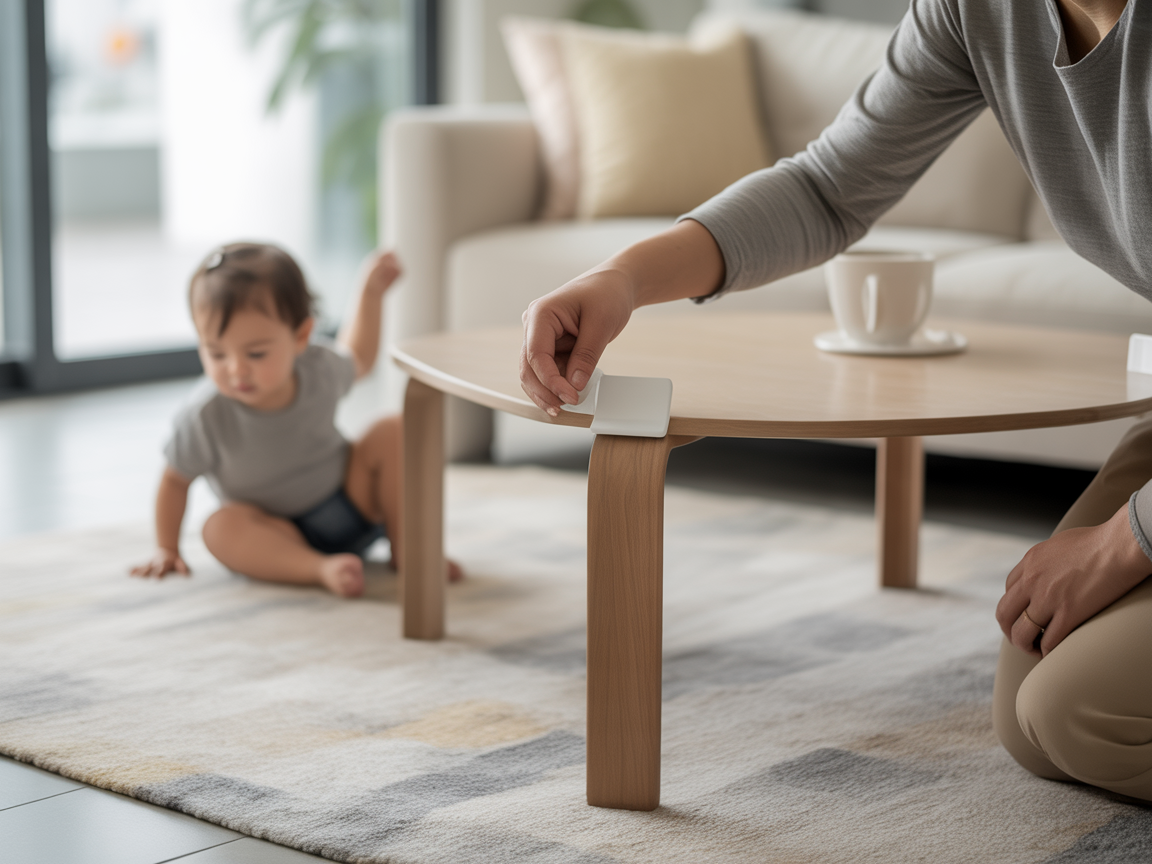
Keep climb “ladders” away—move drawers and stools so kids can’t reach windows or balconies.
4) Window & Balcony Safety
Install window restrictors or locks; keep furniture away from windows. On balconies, add mesh screens to railings and lock doors when not in use. Supervise at all times—no exceptions.
5) Bathroom: Non‑Slip & Locks
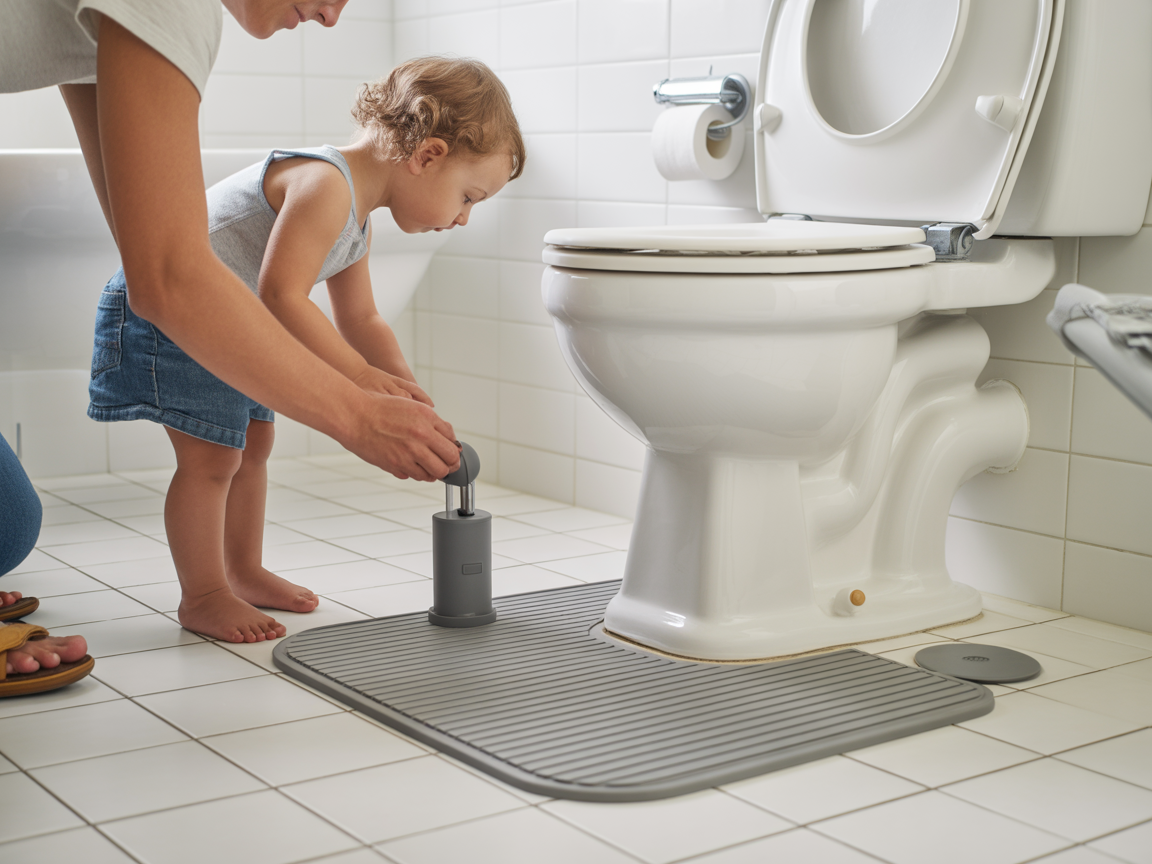
- Use non‑slip mats inside and outside the shower.
- Keep water heater at a safe setting and test water with your wrist.
- Store razors, meds, and cleaners in a high, locked cabinet.
6) Kitchen: Heat & Chemical Hazards
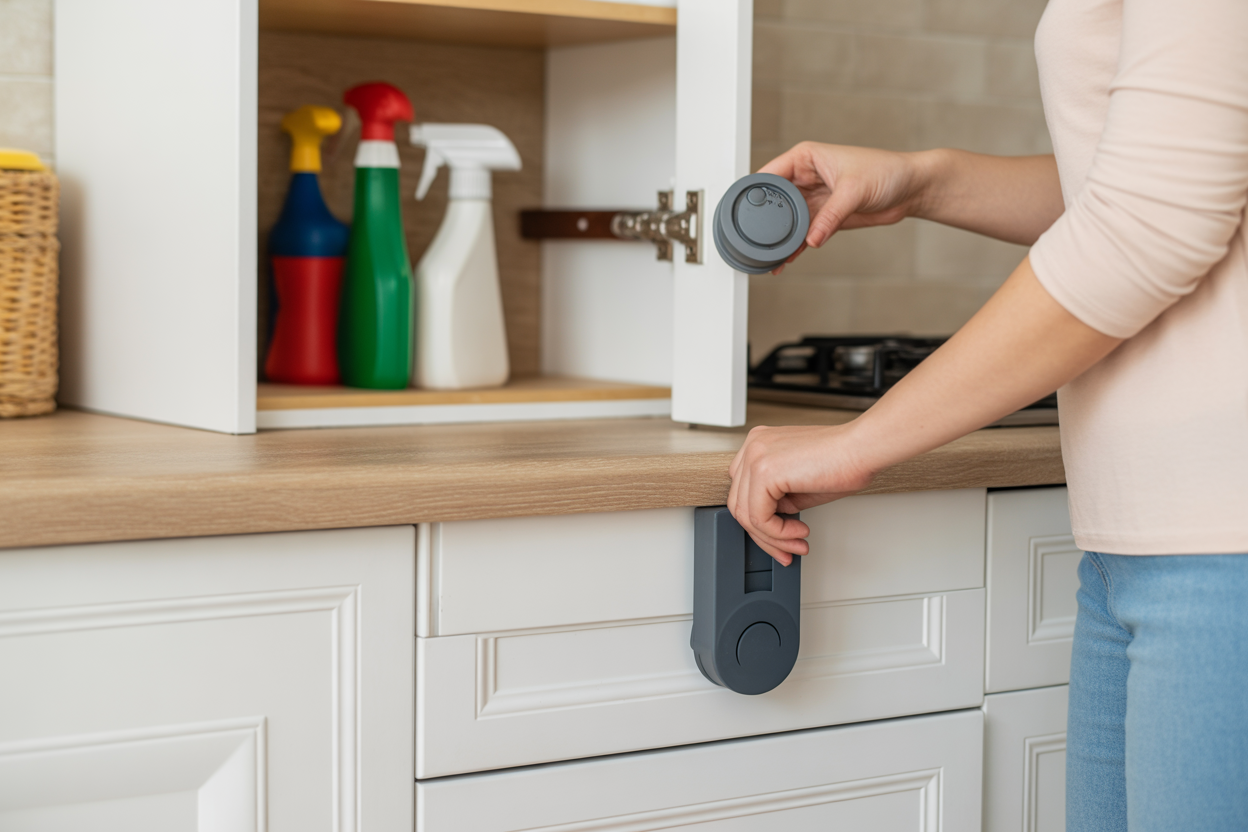
Add stove knob covers and an oven lock if your child is a climber. Switch to magnetic or adhesive locks on under‑sink cabinets.
7) Door Pinch Guards & Stoppers
Install foam pinch guards at the top of bedroom and bathroom doors to prevent finger injuries. Use soft stoppers to keep doors from slamming in drafts.
8) Store Small & Toxic Items Out of Reach
Button batteries, small magnets, coins, beads, and medicines should live in high, locked storage. Choose child‑resistant packaging for detergents and pods.
9) Create a Safe Play Zone
Use a secured playpen or rug area with soft blocks and books while you cook or work. Rotate toys weekly to reduce climbing and “exploring” into risky cupboards.
10) First Aid & Emergency Basics
Keep a small first‑aid kit, emergency contacts, and building security number visible on the fridge. Learn child CPR/first aid from certified providers in KL.
Helpful Links & Local Context
- Little Playhouse articles and resources: Parent Resources
- Book a school visit (see our safety practices in centre): Contact Us
- General home safety guidance (international): WHO – Injury Prevention
Quick “At Home” Tips
- Work room by room—finish one zone before moving on.
- Get on the floor at toddler‑eye level to spot hazards you miss standing up.
- Review locks and gates monthly; adhesive items can loosen in KL humidity.
- Share safety rules with all caregivers—grandparents, helpers, sitters.
FAQ
Hardware vs pressure‑mounted gates?
Use hardware‑mounted gates at the top of stairs for maximum security. Pressure‑mounted can work for doorways or the bottom of stairs.
Do I need window grills in a high‑rise?
Consider grills or certified restrictors. Always keep furniture away from windows and lock balcony doors.
How often should I review safety?
Every 1–2 months or after milestones (new climbing skills, new baby). Replace worn guards and re‑tighten straps.
Next Step
Visit our Parent Resources or book a visit to see how Little Playhouse designs safe, engaging spaces for toddlers.
